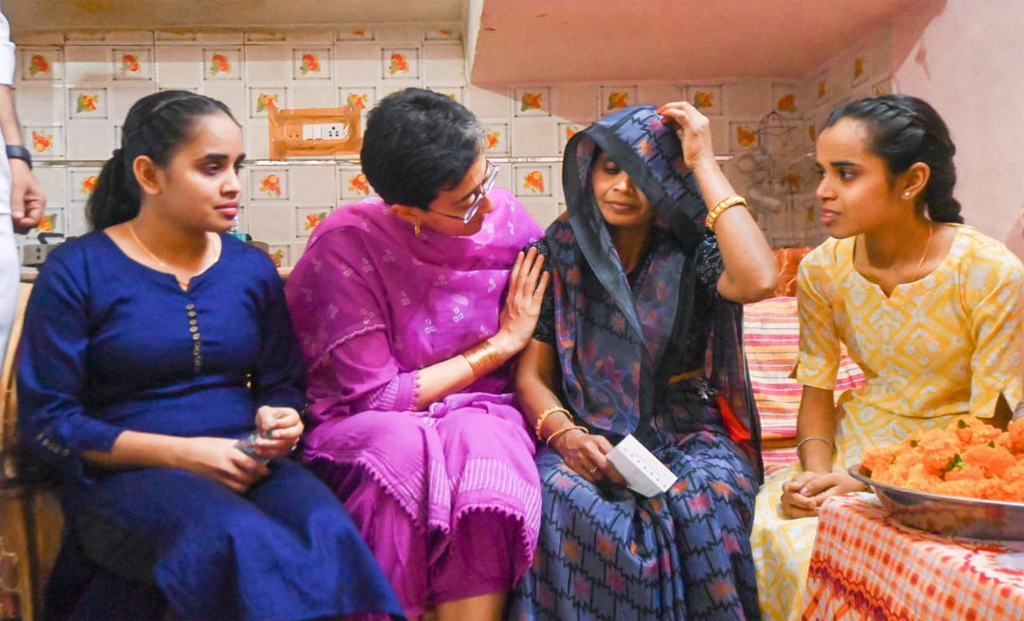By – Dr. Shivali Ahlawat, Lab Director- Oncquest Laboratories Ltd.
The manufacturing and supply chain models in the Indian healthcare system has witnessed significant changes in recent years, with several public bodies, academic institutes and research and development organization now being more focused on coming up with innovative solutions to the healthcare problems prevalent in the country. Similarly, the Indian In-vitro Diagnostic (IVD) industry, one of the largest in the Asia-Pacific region, has seen rapid changes over the years and has now become one of the most critical players in the country’s thriving healthcare marketplace.
Explaining in-vitro diagnostic
In-Vitro diagnostics are basically tests performed outside the human body by taking samples such as blood or tissues. The tests are performed to detect any disease or other health condition and are generally used to help, cure, treat or prevent diseases by closely monitoring a person’s overall health. Medical professionals might also conduct the IVD diagnostic to determine or identify patients who are likely to benefit from specific treatments or therapies. While most IVD tests are used in laboratories or other healthcare setups, consumers can use some IVD diagnostics at their homes too.
The IVD diagnostic industry in the country has seen significant growth in recent years, with the market expected to grow at a compound annual growth rate (CAGR) of 13 per cent from 2023 to 2025. The major drivers behind the rapid growth of the IVD market in the country can be the rise in chronic, non-communicable and lifestyle diseases, autoimmune conditions, and oncology cases. Also, the increase in the elderly population has prompted the patient community to be more aware of preventive health checkups and early diagnosis. Further, the unprecedented coronavirus pandemic has highlighted the need to be aware of infectious diseases, the importance of timely medical diagnostics and the need for robust healthcare infrastructure.
Here are the major trends in medical technology that will shape the future of In-Vitro diagnostics in India:
Point of care testing (POCT)
One of the most promising aspects of diagnostic testing is the new technologies that allow point of care (POC) devices to produce quality results that can be transferred to information systems or electronic health records from the patient’s bedside. Players in the Indian healthcare system have been leveraging advanced medical technology to make headway in the field of POCT medical devices. The pandemic has further boosted the growth of POCT, in both professional and self-testing technologies, with the global POCT market expected to display the growth of around 11.4 per cent by 2025.
Families Of Delhi Covid Warriors Who Died During Pandemic Get Rs 1 Crore Cheque | ALSO READ
Genomics
With the increasing awareness of congenital and hereditary genetic diseases in urban India, there has been a rise in the popularity of genetic testing and counselling. This is expected to make the gene-based diagnosis a widely applicable technology to investigate complex diseases, and give clues for prevention and guidance for optimized and personalized treatment modalities. To put further stress on the growth of the technology, the Indian Department of Biotechnology (DBT) has earlier in 2020 initiated the Genome India Project to conduct whole genome sequencing and analysis on 10,000 people.
Data analysis
While in-vitro diagnostic generates a large amount of data that needs to be analyzed and interpreted rapidly and accurately, digital pathology with whole-slide imaging is expected to replace conventional microscopy entirely, with the market expected to grow at a CGAR of over 10 per cent by 2026.











